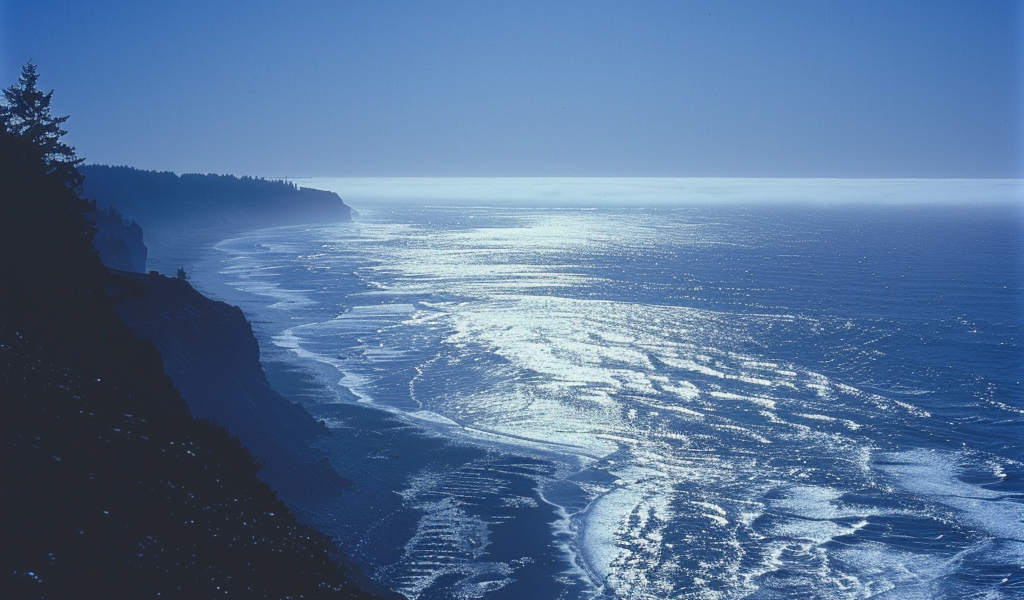Climate change is having a significant impact on the Pacific Northwest’s oceanic environment, as highlighted in a recent report from Oregon State University. The study revealed a concerning trend of decreasing oxygen levels in the waters off Washington, Oregon, and Northern California.
Interviewed for the report, Jack Barth, a professor of oceanography at OSU, discussed the implications of these low oxygen levels on marine life. Barth pointed out regional variations in oxygen levels along the coast, with higher levels observed in southern Oregon and northern California compared to areas like southern Washington and northern Oregon.
The differences in oxygen levels are attributed to oceanographic processes. The narrower continental shelf off southern Oregon facilitates effective water flushing, maintaining higher oxygen levels. In contrast, wider continental shelves in central Oregon and Washington retain low oxygen waters near the bottom due to less efficient water circulation.
Barth emphasized the role of climate change in driving these low oxygen conditions. Upwelling, a process where wind pushes surface ocean water southward off the coast during summer, brings nutrient-rich cold water from depth to the surface. While beneficial for the food web, this process also introduces lower oxygen levels from the deep ocean, contributing to the observed decrease in oxygen levels.
The impact of these changes on marine ecosystems, particularly bottom-dwelling species like rockfish, is a cause for concern. The report underscores the need for continued monitoring and research to understand and address the consequences of declining oxygen levels in the Pacific Northwest ocean.





